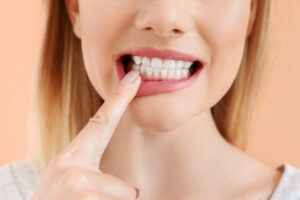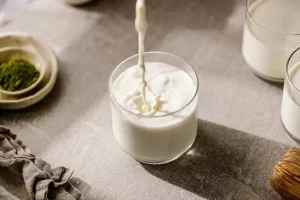Knee pains can vary from mild to severe. The pain can be due to arthritis or any underlying injury. Moreover, wear and tear of knee joints due to aging can also cause knee pain to most elderly. Knee pain disrupts lots of activities such as sitting, standing, walking, jumping, etc.
However, there is no problem without a solution. Living a normal life can be frustrating with a troublesome knee, but taking preventive measures can help relieve knee pain. If you follow the recommended dos and don’ts, it will surely lead to your knee pain relief.
Knee Pain – Do’s
1.Using ointments such as Moov STRONG helps a great deal in providing quick & long-lasting relief from acute joint pains such as arthritis. It even works for chronic pains when applied a thin layer on the affected area twice a day.
2.A famous technique to reduce knee pain is “RICE”. The term stands for Rest, Ice Compression, and Elevation. Give your knee some rest, apply ice on the affected area to reduce swelling, compress your knee joint using a bandage and finally, keep your knee in an elevated position.
3.Acupuncture involves placing fine needles on the affected positions in the body, which is globally used to relieve pain from various body parts. Therefore, considering acupuncture will help reduce and relieve your knee pain.
4.Expert guidance is a must if your knee pain has recently developed or is growing out of control. The doctor can investigate the problem and give necessary suggestions for your knee pain treatment.
5.Hot and cold temperatures 3-4 times a day can satisfy your knee pain. Hence, using a cold pack for the first three days of knee injury can help reduce swelling & can numb the pain. Similarly, a hot compress using a heating pad or warm towel also helps in easing the pain.
6.Knee pain relief exercises are mandatory on a regular note to recover quickly and efficiently from the frustrating knee pain. Cardio exercises, especially those inside water such as swimming, water aerobics, etc., are important.
More recommendations include weight training exercises, elliptical machines, stretching exercises, walking, yoga, etc.
1.Rest your sore knee by taking breaks and giving it time to heal because small gaps are required to support the healing process.
2.Do wear supportive shoes without broken arches and maintain a correct sitting posture. It will keep your pain from increasing and will help avoid swelling.
3.Consume a fresh and healthy diet that includes vegetables, fruit, and fibers. It will keep your weight within the limit, thereby increasing the chances of active rehabilitation.
4.Take the initiative for self-massage such as pressing fingers on the knee tissue, gliding palm using Moov gel, etc., to relieve the pain.
Knee Pain – Don’ts
1.Don’t ignore your weight because excess weight or obesity can cause stress on your knees, thereby risking the chances of increased inflammation and pain.
2.Don’t rest for the excess duration because it can weaken your muscles, thereby causing a hindrance in knee pain relief.
3.Don’t practice high-impact exercises before consulting with your physician. High-impact activities include running, heavy outdoor cycling, kickboxing, deep squats, etc.
4.Don’t wear shoes with broken arches or soul because they can cause you discomfort, thereby adding to increased knee pain.
5.Don’t pay ignorance to walking aids or be embarrassed to use them. Equipment such as crutches, knee splints, walkers, and braces can provide stability and support to your injured knee by providing relief.
6.Don’t add a fall risk because a painful or unstable knee can disrupt your balance, causing a fall and making your knee pain treatment difficult. Hence, never walk in a dim room or slippery floor without support.
7.Avoid sleeping or sitting with a wrong posture as it can cause a flare of knee pain, causing uneasiness in unbending the legs.
8.Don’t frequently walk up and down the stairs as it can overload your joints, causing excess wear and tear to the already injured knee. Although minimal stair exercise is important, excess of it can lead to discomfort.
9.Don’t go bare legs in a cold climate. Various researches reveal that sensitivity to weather, especially in the elderly population having knee pains such as osteoarthritis, can worsen the pain.
10.Don’t decrease your physical activity as it can weaken your knee joint, making it stiff and lazy.
Conclusion
The knee is the largest joint of your body, and its failure can disrupt your day-to-day activities. Thus, if you haven’t yet started following these do’s and don’ts, it’s never too late to take the initiative. Knee pain relief exercises and various other methods are crucial for restoring your injured and painful joint’s functioning.
Moreover, even the smallest mistakes can worsen pain in your knee joint and stretch the recovery period. Hence, you must follow the required steps to get rid of your knee pain at the earliest.


















Be First to Comment